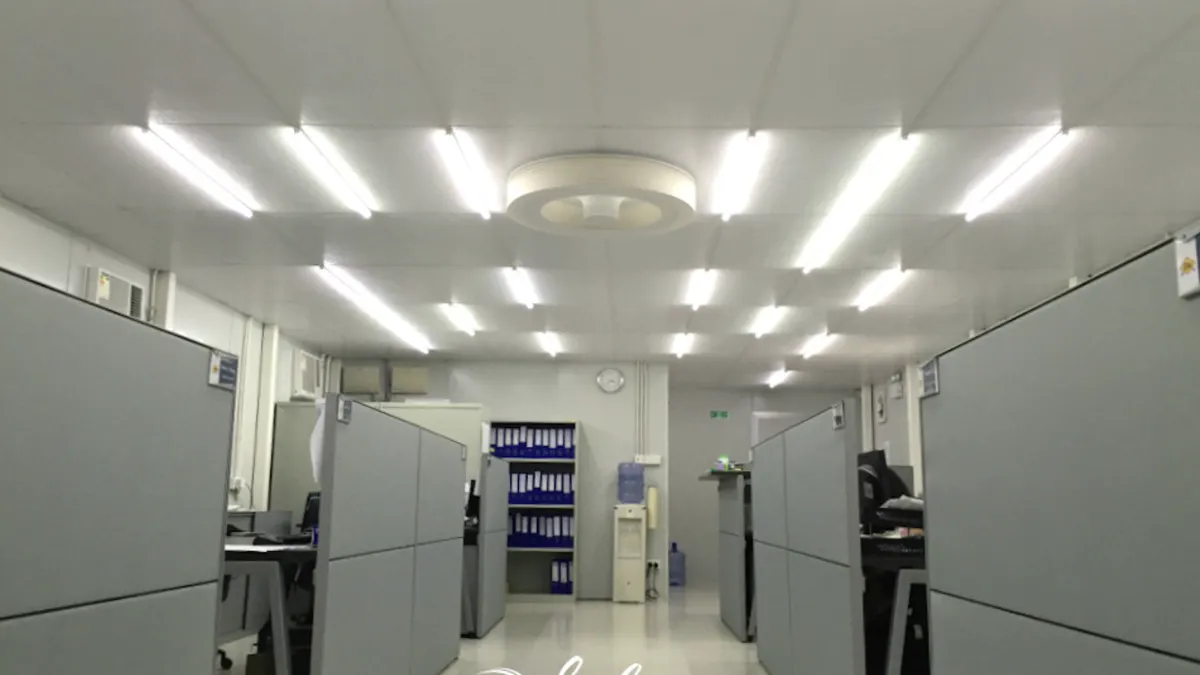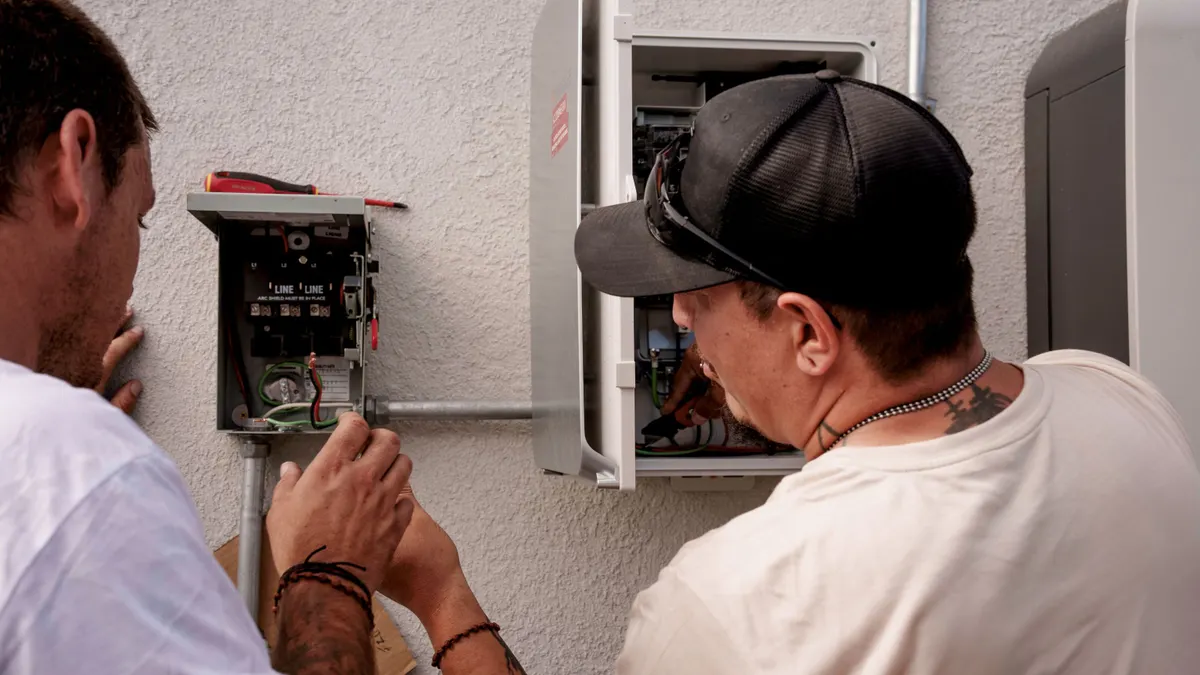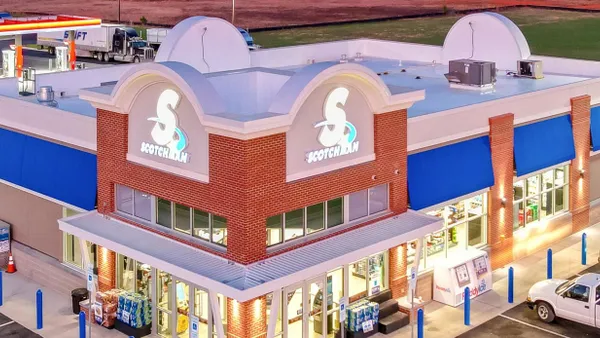Bladeless ceiling fans can reduce humidity while delivering cost savings, according to a manufacturer which calls itself the inventor of the technology.
Bladeless fans create a vortex of air, moving it evenly around the room to eliminate hot and cold spots, Richard Halsall, CEO of Exhale Fans, said in an interview. This thermal destratification can regulate humidity to prevent mold and mildew growth, he said.
Mold can grow on virtually any organic material as long as moisture and oxygen are present, according to the U.S. Environmental Protection Agency. Mold and mildew gradually destroy the surfaces they grow on. By preventing its growth, facility managers can help prevent damage to buildings and their contents, save money and avoid potential health problems, per the EPA. One way to do so is to control indoor moisture, it says.
Exhale Fans guarantees thermal destratification coverage with one fan of a room of up to 400 square feet of dry air.
With traditional fan designs, air is pushed directly downward, meaning that “the guy in front is freezing, and everybody else isn’t comfortable,” Halsall said. “Denser air is drier air, and it all resides on the floor. So the normal circulation pattern of HVAC air in a room does not allow the dry air to reach any area except the very low portions of the room.”
The company worked with researchers at Purdue University to study the effectiveness of the system. It found that “at a base minimum, you’ll get a 10% energy savings without [affecting] human comfort,” Halsall said. “So you can pump your thermostat up 4 degrees F [in the summer], and you still feel the same as you did at 72 degrees under normal air flow conditions.”
Exhale Fans recently released the fifth iteration of its flagship product, featuring new motor construction, LED lights, a remote and wall switches. It is designed for offices, hotels, airports, data centers, restaurants, schools, homes and indoor spaces, the company said in a release.










